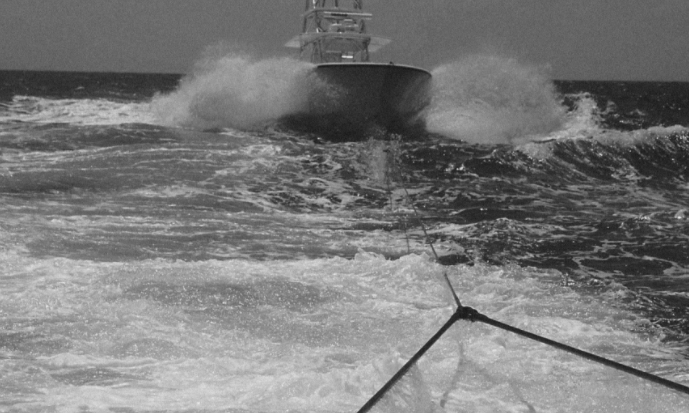Leading insurers back advanced tow protection
With tender losses accounting for one in three claims, leading insurers are backing preventative technology …
Recent trends in tender losses and claims have forced leading insurers to increase tow restrictions and deductibles for superyachts and their captains. From the superyachts’ perspective, in addition to the financial cost, tender losses severely impact the operation of the vessel and the ability of owners, guests and crew to make use of the tender. With the seagrass restrictions that are now widely applied in the Mediterranean many superyachts will be requiring larger tenders that need towing, add to that the general trend for tenders increasing in size, it is clear that the issue of tender losses needs to be addressed and through advanced tow protection the leading insurers believe they have found an acceptable technological solution.
“Towed tenders are operationally challenging for captains and they are making the insurers increasingly frustrated,” explains Hugo Harber, managing director and co-founder of TSM Systems. “We began looking at what was required to make tenders genuinely safe. Firstly, a lot of insurance policies say that you should fit a tracker and some of them suggest that this AIS tracker should be left on, even though this is actually against regulations. We determined that a more intelligent solution was required, one like TowPro that had prevention as its core.”
Until now, tow protection has almost entirely focussed on finding a drifting tender once it has already become separated from the mothership and whilst insurers have commonly required captains to install a satellite tracker on the tender, trackers designed for different purposes, they use GPS to find the tender’s position. AIS devices broadcast to nearby vessels on VHF to appear on bridge chart plotters and ECDIS to aim immediate recovery and to warn ships in the vicinity. Iridium devices send via satellite to tracking websites to despatch a recovery vessel at a later date. Even so, these technologies are only effective once the loss of the tender has occurred and, therefore, achieve very little in preventing losses, save for the instances when the tender can be quickly found without having already sustained significant damage.
It is worth noting at this point that, while it may be common in practice, AIS must not be used on a tender while under two. It may only be used once the vessel is adrift.
Perhaps the most important element of the advanced tow protection that insurers are now indorsing is its ability to prevent losses rather than simply responding to them. In order to do so, the system steams key safety data directly to the bridge in order for the captain to be continuously aware of the situation, any issues that are developing and the causes. Consultation with captains, insurers, yard and the Wolfson Unit of Maritime Technology in the UK identified three groups of essential information required by the captain to manage risk effectively.
Firstly, TowPro monitors the vital signs of key systems, bilge water levels (including any separate engine bilge), duty cycle of automatic bilge pumps and battery life. Secondly, the system measures tender instability, in other words, the surging and yawing of the tender are measured at all times. Lastly, tender motion is measured, pitching, rolling, bow trim and angle of list are all monitored. By being aware of all these key data sets captains and crew are more able to take appropriate preventative action. Furthermore, it is this style of monitoring that has made the insurers willing to allow tender towing at night, where otherwise a set of eyes simply would not have sufficed.
In the event of a tender being lost, the advanced tow protection system immediately alerts the mothership. Safety alerts with bespoke thresholds are integrated with the yacht alarm management system, as well as audible and visual ‘Tow lost” bridge alarm integrated with the yacht alarm management system.
If, however, immediate action was not sufficient to stop the tender drifting away, the advanced tow system will have automatically activated the AIS broadcast function and Iridium reports described earlier in the article, as well as activating the COLREG ‘Not under command’ lights.
“We have been in discussion with a number of underwriters and one of the leading London insurers informed us that one in three of their claims relating to tenders. The claims range in their manner and severity, but we estimate that tender losses account for about $25m a year,” continues Harber. “One US insurer told me that at one particular point they had $3m worth of tenders floating around the Caribbean. If a tender is lost and subsequently claimed against, it accounts for one or two years of the superyachts premium, so the underwriters have quite rightly become frustrated.”
“It all comes down to the numbers. If you have one tender loss a year that was preventable it could be $1m, it’s a significant amount of money. What underwriters have done in the past is use restrictions and deductibles to manage tender losses. It is a blunt tool to manage the problem,” explains Simon Tonks, founder of Soak Marine Insurance. “Now, four of the leading underwriters in London have put their heads together and made a decision based on their numbers and the claims they see. All of them agree tender towing is a problem.
“No one wants to dictate to owners what they can and can't do. What the underwriters want to do is give them the flexibility to run the yachts how they want with some additional risk management guidance provided for good measure. Advanced tow protection provides that flexibility because the insurers will be comfortable with tenders being towed at night for instance.”
If an advanced tow protection system is fitted on board a yacht and its tender, insurers are now willing to extend acceptable towing times to any time of the day or night, extend towing up to 300 miles and reduce tender deductibles within their policies. When one considers that the entire system costs around £6000 and takes around five hours to install, there really shouldn’t be much to hold back owners and captains from adopting the system.
From both the perspective of the captain and the perspective of the insurer, advanced tow protection just seems to make sense. No captain enjoys having to explain to their owner that they have lost the tender, especially as they continue to get larger, more complex and more expensive. Equally, the insurers are obviously eager to stop paying out on claims that were, arguably, preventable.
NEW: Sign up for SuperyachtNewsweek!
Get the latest weekly news, in-depth reports, intelligence, and strategic insights, delivered directly from The Superyacht Group's editors and market analysts.
Stay at the forefront of the superyacht industry with SuperyachtNewsweek
Click here to become part of The Superyacht Group community, and join us in our mission to make this industry accessible to all, and prosperous for the long-term. We are offering access to the superyacht industry’s most comprehensive and longstanding archive of business-critical information, as well as a comprehensive, real-time superyacht fleet database, for just £10 per month, because we are One Industry with One Mission. Sign up here.
Related news
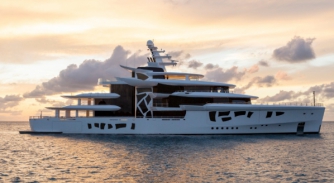
Nobiskrug open for investment
The search for an investor for the insolvent Nobiskrug shipyard in Rendsburg has entered a new phase
Business

Trust, respect and communication
Amico & Co explores best practice throughout the refit process, focussing on skill, knowledge and management
Business
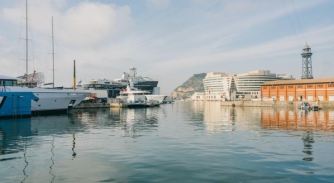
MB92 Barcelona collaborates with the Seabin Project
Successful first year of collaboration sees the removal of the equivalent of 65,000 33cl plastic bottles
Business

Lürssen to install first hydrogen fuel cell on a superyacht
The new technology should make it possible to anchor emission-free for 15 days or cruise 1000 nautical miles at a slow speed
Technology
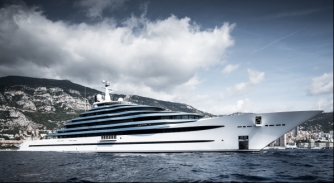
GYG publishes audited financial results for 2020
Despite a decrease in revenue caused by the COVID-19, improved efficiencies throughout the group have resulted in an improved adjusted EBITDA position
Business
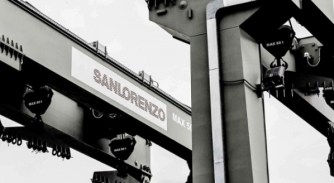
Sanlorenzo shares positive financial results
Sanlorenzo's solid 2020 performance cements the notion that superyacht buyers are more inclined to build with shipyards that are financially stable
Business
Related news
Nobiskrug open for investment
5 years ago
Trust, respect and communication
5 years ago
GYG publishes audited financial results for 2020
5 years ago
Sanlorenzo shares positive financial results
5 years ago
NEW: Sign up for
SuperyachtNewsweek!
Get the latest weekly news, in-depth reports, intelligence, and strategic insights, delivered directly from The Superyacht Group's editors and market analysts.
Stay at the forefront of the superyacht industry with SuperyachtNewsweek


